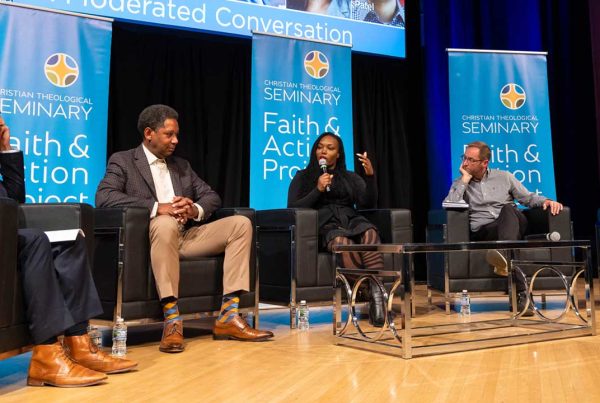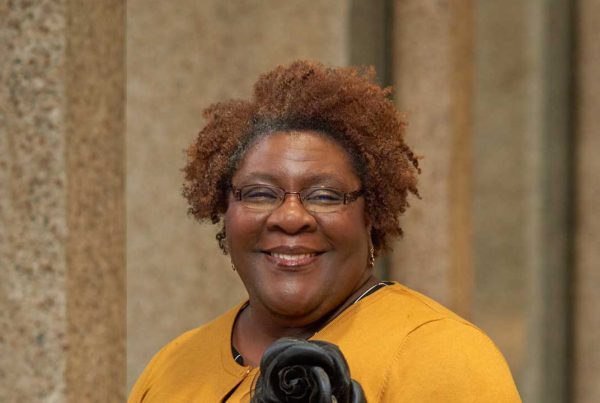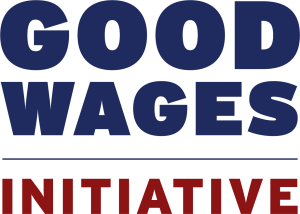Let’s not return to ‘normal’
For months, many of us have talked about how much we look forward to “getting back to normal.” Now that the COVID-19 vaccine is being distributed, we are beginning to believe that just might happen. We can actually imagine a return to our regular patterns and routines. But what if your “normal” were a daily economic struggle? What if your regular patterns and routines consisted of a daily attempt to navigate a world built around prosperity that’s out of your reach? What if your children were among the 28.5% of kids in Marion County living in poverty? Would “getting back to normal” be so appealing? Of course not. For that reason, “normal” shouldn’t appeal to the rest of us, either. As writer Sonya Renee Taylor put it recently, “Our pre-Corona existence was not normal other than we normalized greed, inequity, exhaustion, depletion, extraction, disconnection, confusion, rage, hoarding, hate and lack.” Certainly, since its launch, CTS’ Faith & Action Project has sought to identify and encourage organizations and programs that make a lasting difference in the lives of those living in poverty. We have endeavored to support initiatives that, with more resources, might “scale up” their work in order to make a broader impact with reproducible efforts that move families out of poverty for the long term. Even as we pursue these concrete solutions, though, we recognize that we must also embrace certain intangible – beyond tangible – solutions. Chief among these, we believe, is hope … the kind of hope that equips us to create a better tomorrow, and the kind of hope that makes the difference between pursuing a better life and descending into despair. As author and leadership expert John Maxwell has said, “Where there is no hope in the future, there is no power in the present.” In the coming months, this newsletter will highlight key elements that will help our neighbors cross the bridge from poverty to stability. We will shine a light on education, employment, food, housing, health, and support networks that help to break the cycle of poverty. We will look at promising programs and innovative approaches. But we will do it all with the realization that none of these key elements, programs and approaches will matter if they are not powered by the hope that our faith traditions provide. So, here’s to the New Year, and to the New Normal we will create together by making hope tangible. May God bless this work, and those we seek to serve. Lindsey Nell Rabinowitch Director, Faith & Action Project
Plan Now for 2021 Faith & Action Grants
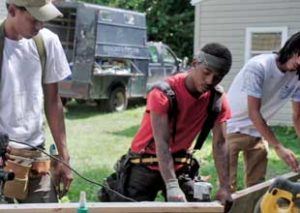 While first-round applications won’t be submitted until May, now is the time to start thinking about your 2021 Faith & Action Grant application. Supporting initiatives that show success in breaking the cycle of poverty and moving families out of poverty for the long term, Christian Theological Seminary’s Faith & Action Project responds to solid demonstrations of potential and impact. Successful applications will address issues such as housing, employment, education, health and mentorship, and also reflect the Project’s founders’ belief in the power of collaboration and inclusive forms of faith. Begin application preparations now by deciding which of your organization’s initiatives would be a good fit, identifying key partners, establishing program goals and defining clear metrics. Learn more at http://www.cts.edu/faith-action/grant-program/.
While first-round applications won’t be submitted until May, now is the time to start thinking about your 2021 Faith & Action Grant application. Supporting initiatives that show success in breaking the cycle of poverty and moving families out of poverty for the long term, Christian Theological Seminary’s Faith & Action Project responds to solid demonstrations of potential and impact. Successful applications will address issues such as housing, employment, education, health and mentorship, and also reflect the Project’s founders’ belief in the power of collaboration and inclusive forms of faith. Begin application preparations now by deciding which of your organization’s initiatives would be a good fit, identifying key partners, establishing program goals and defining clear metrics. Learn more at http://www.cts.edu/faith-action/grant-program/.
What does success look like?
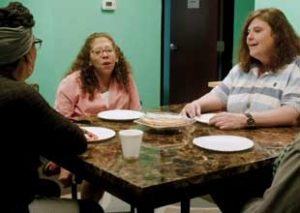 We talk a lot about people moving out of poverty, but many of us don’t know what that would look like. We imagine better trends on graphs and charts, but what does progress mean in real life? What happens when someone moves not just beyond tangible poverty but beyond the poverty mindset? Take a moment to listen to the impact of past grant recipient organizations.
We talk a lot about people moving out of poverty, but many of us don’t know what that would look like. We imagine better trends on graphs and charts, but what does progress mean in real life? What happens when someone moves not just beyond tangible poverty but beyond the poverty mindset? Take a moment to listen to the impact of past grant recipient organizations.
COVID just one more barrier for the poor
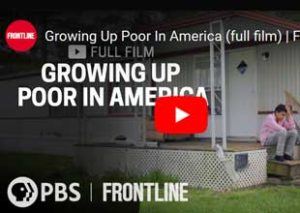 Even though Congress passed a $900 billion COVID stimulus bill, we can’t expect the impact of the COVID-19 pandemic on people living in poverty to simply evaporate. On the contrary: For families already struggling, the pandemic restrictions delivered destabilizing blows that won’t be easily overcome, according to the Frontline article “How COVID Has Impacted Poverty in America.” “The pandemic changes everything,” the article notes, “and without further government support, experts say more suffering may be on the horizon.” Read more here.
Even though Congress passed a $900 billion COVID stimulus bill, we can’t expect the impact of the COVID-19 pandemic on people living in poverty to simply evaporate. On the contrary: For families already struggling, the pandemic restrictions delivered destabilizing blows that won’t be easily overcome, according to the Frontline article “How COVID Has Impacted Poverty in America.” “The pandemic changes everything,” the article notes, “and without further government support, experts say more suffering may be on the horizon.” Read more here.
Mark your calendar
October 5, 2021: Faith & Action Fall Event
April 15, 2021: Faith & Action Online Spring Conference


